xiamen ZONEWU The LoRaWAN Hydrogen Chloride Sensor (HCL) is a gas monitoring device that uses LoRa wireless technology. It is equipped with a high-sensitivity hydrogen chloride sensing module and temperature and humidity sensing components, which can collect real-time data on the concentration, temperature, and humidity of hydrogen chloride gas in the environment. This sensor has the characteristics of accurate detection, reliable performance, and low energy consumption. It is compatible with the standard LoRaWAN protocol and can achieve long-distance data transmission.
نموذج المنتج :
LW312-HCLوضع إمداد الطاقة :
Battery or External DCتكرار :
CN470/IN865/EU868/RU864/US915/AU915/ KR920/AS923-1&2&3&4إصدار ماك :
LoRaWAN 1.0.3وضع :
OTAA Class A/Cوزن :
120gEnvironmental LoRaWAN Hydrogen Chloride (HCL) Sensor
xiamen ZONEWU The LoRaWAN Hydrogen Chloride (HCL) Sensor is a wireless IoT gas monitoring device that integrates data acquisition, environmental monitoring, and signal transmission functions.
xiamen ZoneWu LoRaWAN Gas Sensor HCL Sensor Features:
It can collect real-time data on hydrogen chloride concentration, temperature, and humidity in the environment, and then transmit it wirelessly to achieve comprehensive monitoring.
It uses a three electrode electrochemical gas sensing component paired with a high-performance core chip, coupled with a built-in temperature and humidity sensing device, to accurately measure the content of the target gas and the temperature and humidity data in the environment.
It has special sensitivity and strong resolution, and can detect even a slight change in concentration; Small in size, not taking up much space, and using less electricity, it is very suitable for long-term use there.
It works very reliably and can effectively block the influence of other gases in the environment, ensuring the accuracy of the measured data.
It can use the universal LoRaWAN communication method to transmit data over long distances, regardless of the size of the location or the complexity of the environment, to meet the needs of remote monitoring.
It can be used in many complex factory environments, such as chemical, metallurgical, pharmaceutical industries, and places that require detection of hydrogen chloride gas.
Technical Parameters
| Power Supply | 5~28VDC |
| Weight | 120g |
| Operating Temperature | -20℃~50℃ |
| Measuring Principle | Electrochemistry |
| Lifespan | <2 years |
| Measuring Range |
HCL:(0-10)ppm Temp:-40~+80℃ Humi:0~99.9%RH |
| Frequency |
CN470/IN865/EU868/RU864/US915/AU915/ KR920/AS923-1&2&3&4 |
| Mode | OTAA Class A/C (Default: Class C) |
| Reporting cycle |
External power supply:5min (Default reporting cycle) Report after preheating for 3 minutes when powered on |
| Communication Protocol | LoRaWAN, LoRa TDMA Networking |
|
Equipment information (Reference) |
AppEUI:0000000000000001 DevEUI:aaaa202404150001 AppKey:00001111222233334444555566667777 MAC Version: LoRaWAN 1.0.3 |
Product Applications
1. Especially able to detect subtle changes: This sensor is super "sensitive", even if the content of hydrogen chloride in the air is only one millionth, it can immediately detect and issue an alarm, and detect the danger of gas leakage in advance.
2. Not misled by other gases: Even if there are various gases mixed together in the environment, it only "recognizes" hydrogen chloride and will not be affected by other gases, and the measured data is true and reliable.
3. Fast update speed of messages: As soon as there is a change in the concentration of hydrogen chloride, it can immediately "keep up with the change" and transmit the latest data within seconds, making it convenient for staff to immediately know the situation and deal with problems quickly.
4. Easy to use and reliable: This sensor can be used for a long time without any errors, regardless of whether it is hot, cold, humid or dry, it does not greatly affect the measurement results. It can work stably in various environments without frequent debugging and repair.
5. The data is clear at a glance: the signal it measures is "linked" to the actual concentration of hydrogen chloride, and the higher the concentration, the stronger the signal. Data processing is particularly simple. With just a glance at the signal values, one can determine the gas concentration, making it convenient for data analysis.
6. Adequate protection is not afraid of corrosion: Considering that hydrogen chloride is toxic and corrosive, this sensor has been designed with "anti damage" features. The shell is tightly sealed and not breathable, and it is also very corrosion-resistant, not easily damaged by gas, and will not cause gas leakage due to faults, making it more reassuring to use.
Detailed Images
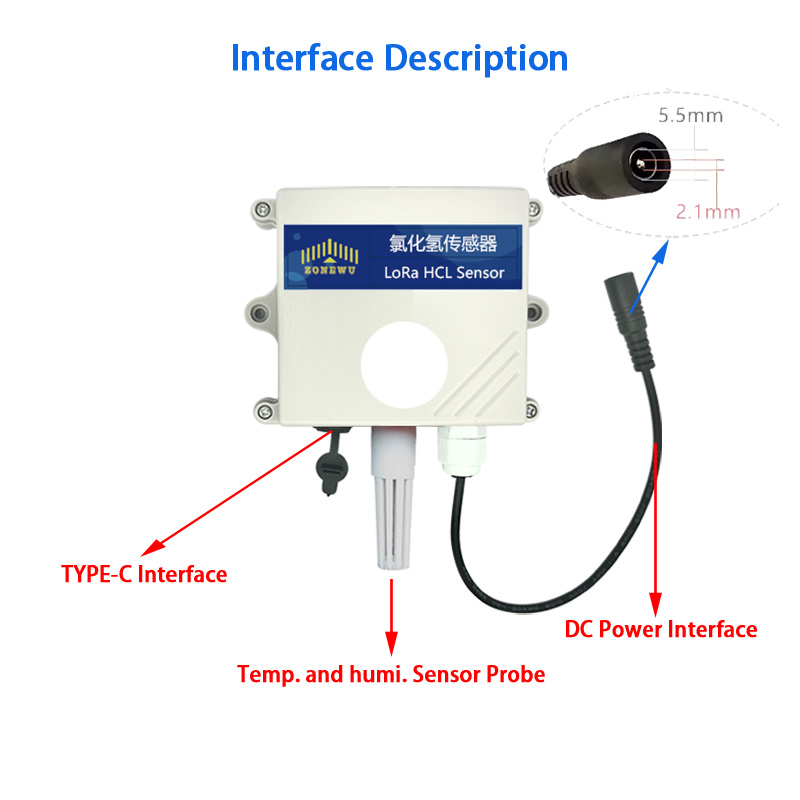
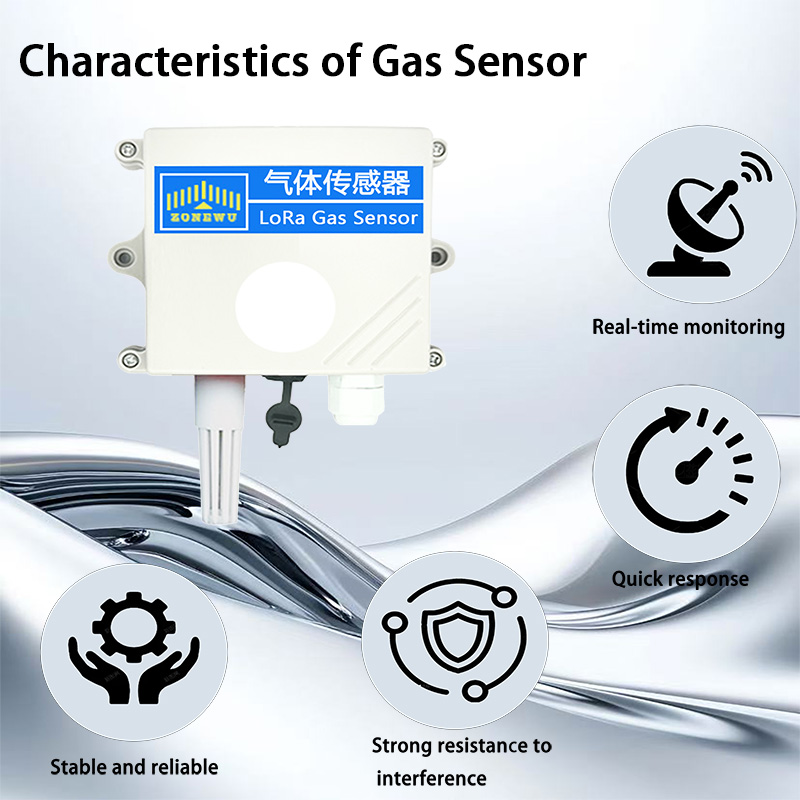
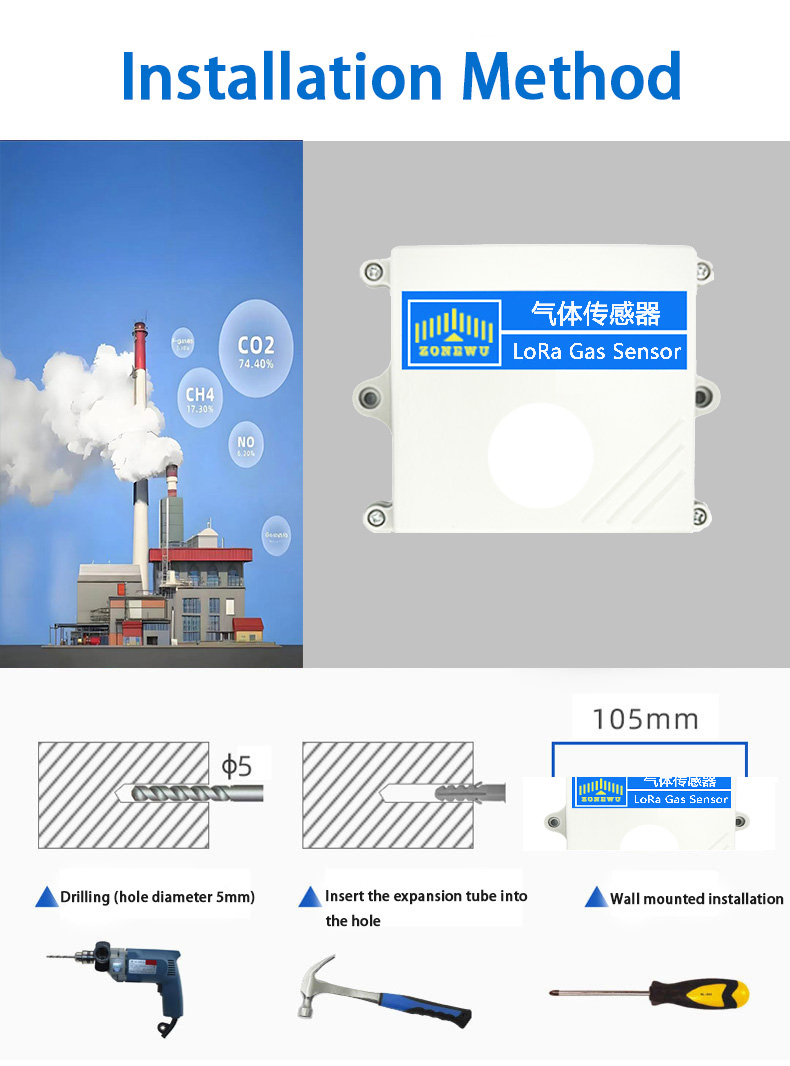
Common knowledge of HCL
What is hydrogen chloride gas
Hydrogen chloride (HCl) is a colorless gas with a strong pungent odor. It is easily soluble in water at room temperature and forms a white mist when exposed to humid air. It usually comes from industrial production (such as chemical, metallurgical), waste combustion and other scenarios, and is corrosive and toxic.
What are the hazards of hydrogen chloride to the human body
Inhaling low concentrations of hydrogen chloride can irritate the respiratory tract, causing coughing and sore throat; High concentrations may cause pulmonary edema, difficulty breathing, and even burn the nasal cavity and lung mucosa. Long term exposure may also damage teeth and skin, and is a toxic gas that requires strict control.
How to detect the concentration of hydrogen chloride in the environment
Three electrode electrochemical sensors or LoRaWAN wireless sensors are commonly used for monitoring. This type of device can capture the real-time concentration of hydrogen chloride in the air, and is paired with temperature and humidity sensors to synchronously monitor environmental parameters. Once the concentration exceeds the standard, an alarm will be issued, making it suitable for use in factories, laboratories, and other scenarios.
What is the safe concentration of hydrogen chloride in the air
The safe upper limit of hydrogen chloride concentration in the working environment is generally set at 5ppm (parts per million). When the concentration exceeds this value, immediate ventilation or protective measures need to be taken to avoid human exposure to hazardous environments.
Application Scenarios
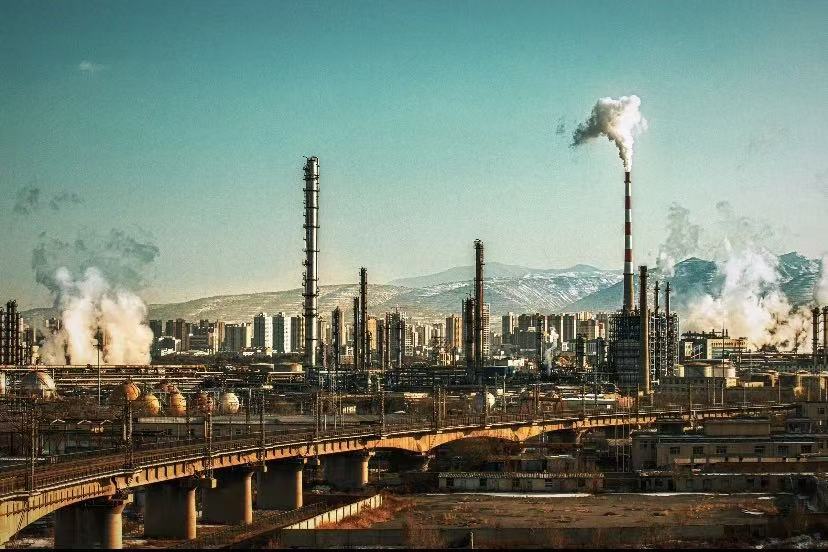
Industrial production
Waste gas emission monitoring: Conduct real-time monitoring of industrial waste gas emissions to ensure that waste gases meet emission standards and reduce pollution to the environment.

Environmental inspection
Air quality monitoring helps people understand air quality and protect the environment and health by detecting harmful gases such as sulfur dioxide.
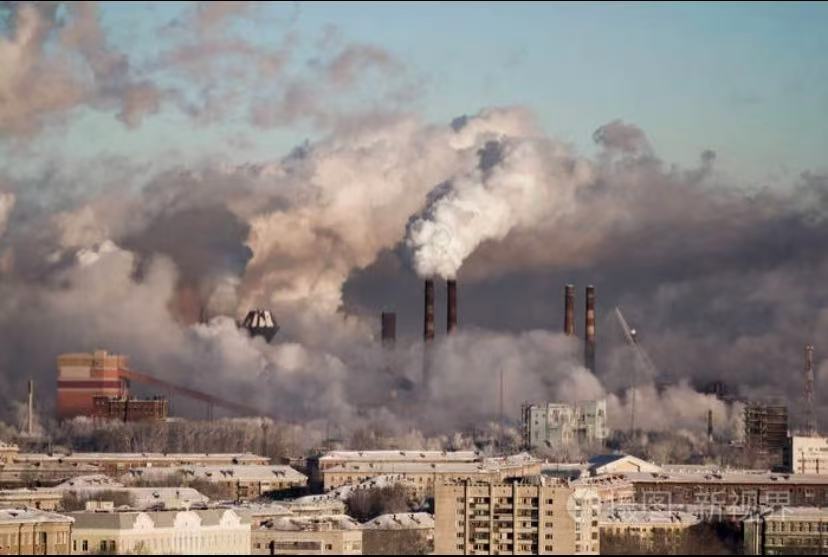
Safety protection
In coal mines and tunnels, gas sensors detect toxic and harmful gases such as methane and warn against accidents.
A:Yes,we can provide you with OEM services and design housings and logos.
3.DO you offer free samples?
A:Sorry,we don't offer free samples. After ordering in bulk, we will deduct the sample fee from the second order.
Why Choose ZONEWU